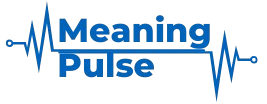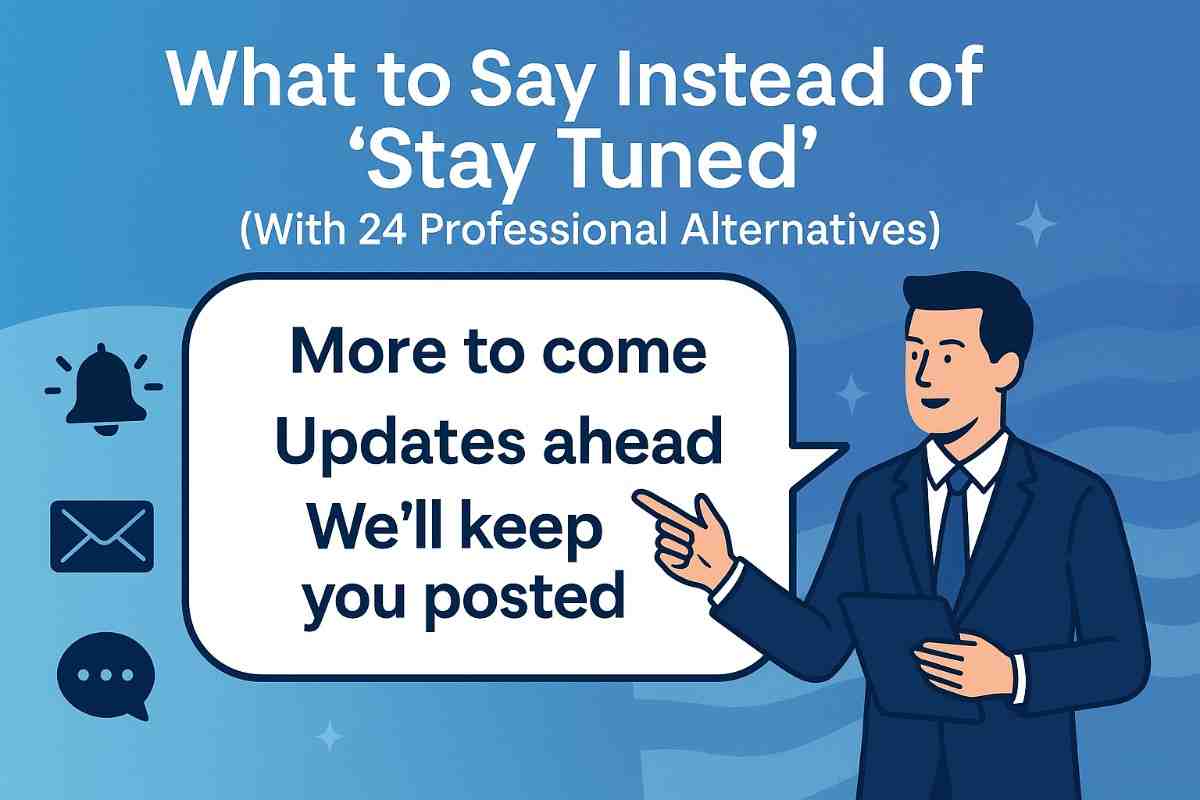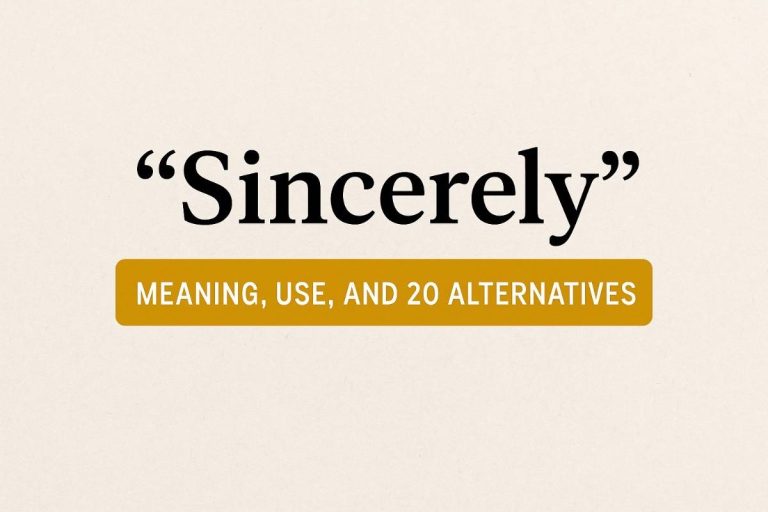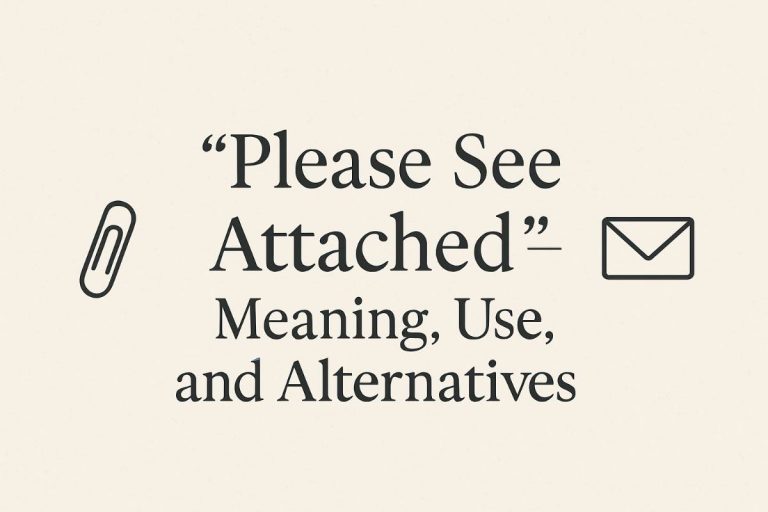What to Say Instead of “Stay Tuned” (With 24 Professional Alternatives)
“Stay tuned.”
We’ve all used it—maybe in a work email, a project update, or even a customer newsletter. It’s short, familiar, and gets the job done. But sometimes? It feels… a little overused. And if you’re aiming to sound more polished or professional, “stay tuned” might not hit the right note.
So, what’s a better way to say it?
Whether you’re wrapping up a meeting, teasing a product launch, or just trying to keep people interested, having a few strong alternatives up your sleeve can make all the difference.
Let’s walk through what “stay tuned” actually means, when to use it, and 24 polished alternatives that will sound like you actually thought about what you were saying.
What Does “Stay Tuned” Mean?
Meaning:
“Stay tuned” is a phrase that originally came from the world of radio and television. It meant—literally—don’t change the station.
Explanation:
These days, it’s used more broadly. It means “keep paying attention” or “more info is coming soon.” You’ll see it in newsletters, social media posts, and workplace updates. The tone is casual, sometimes even a little vague.
That’s the catch. It can sound a bit… lazy. If you’re updating clients, managers, or customers, there are more specific—and impressive—ways to say the same thing.
Example:
“We’re working on some exciting features—stay tuned for more details!”
Best Use:
Use it in informal settings. Think team Slack channels, social posts, or friendly newsletters. Avoid using it in formal emails or high-stakes updates where clarity and tone matter more.
Also Read – What Does “Let Me Know If This Works for You” Mean? (22 Professional Alternatives)
When to Use “Stay Tuned”
There is a right time and place for “stay tuned.”
Here’s when it works well:
- Casual internal updates: Slack messages, team chats, or quick email reminders.
- Marketing teasers: Product previews, social campaigns, or countdowns.
- Building anticipation: When you want to be vague on purpose.
But steer clear of it when:
- You’re writing a client report.
- You’re emailing executives.
- You’re announcing something important that deserves clarity.
Bottom line? Use “stay tuned” when being casual is okay. But if your tone needs to be professional, thoughtful, or just a notch more polished—go with something better.
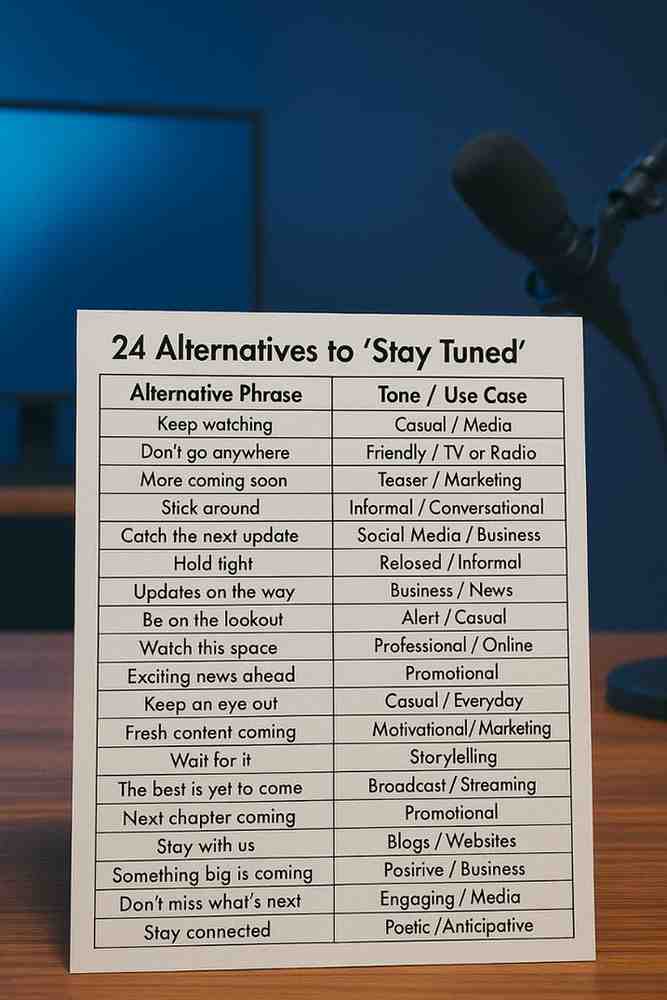
24 Alternatives to “Stay Tuned”
Here are 24 alternatives you can use, depending on the tone and situation.
Each one comes with a short breakdown, so you know how and when to use them.
1. More details coming soon
Meaning: Information is on the way.
Explanation: Clean and simple. No fluff.
Example: “Thanks for your patience—more details coming soon.”
Best Use: Client emails, project updates.
2. We’ll share an update shortly
Meaning: An update is just around the corner.
Explanation: Sounds more timely and specific.
Example: “We’re finalizing the design—will share an update shortly.”
Best Use: Email follow-ups, stakeholder reports.
3. We’ll keep you posted
Meaning: You’ll be informed.
Explanation: A relaxed but clear promise to follow up.
Example: “We’re waiting for the vendor’s confirmation. We’ll keep you posted.”
Best Use: Internal chats, ongoing threads.
4. Stay connected
Meaning: Keep engaging with us.
Explanation: Encourages connection without sounding vague.
Example: “New resources are on the way—stay connected.”
Best Use: Social media, newsletters.
5. We’ll circle back soon
Meaning: You’ll hear from us again.
Explanation: Polite, especially in business contexts.
Example: “We’ll circle back soon once we’ve reviewed the proposal.”
Best Use: Team emails, client check-ins.
6. Keep an eye out
Meaning: Watch for updates.
Explanation: Friendly and slightly informal.
Example: “Keep an eye out for our next announcement!”
Best Use: Social posts, announcements.
7. News coming your way
Meaning: An update is imminent.
Explanation: Adds a little excitement.
Example: “Big news coming your way this Friday!”
Best Use: Launches, newsletters.
8. We’ll follow up shortly
Meaning: You’ll hear back soon.
Explanation: Sounds professional and dependable.
Example: “Thanks for your message—we’ll follow up shortly.”
Best Use: Customer support, client messages.
9. We’ll be in touch
Meaning: We’ll reconnect.
Explanation: Professional without sounding cold.
Example: “We’re reviewing your feedback—we’ll be in touch soon.”
Best Use: HR emails, partnerships.
10. Information to follow
Meaning: More info is coming.
Explanation: Very formal.
Example: “The schedule has been confirmed. Additional information to follow.”
Best Use: Formal memos, press statements.
11. Check back soon
Meaning: Revisit for updates.
Explanation: Encourages action.
Example: “Check back soon for the full report.”
Best Use: Websites, blogs, dashboards.
12. We’ll update you as soon as we can
Meaning: Acknowledges a delay.
Explanation: Sounds considerate.
Example: “We’re still working on the fix—we’ll update you as soon as we can.”
Best Use: Tech support, troubleshooting.
13. Stay informed
Meaning: Stay updated.
Explanation: Slightly formal, often used in public info.
Example: “Subscribe to stay informed about upcoming changes.”
Best Use: Policy updates, health info, education.
14. Expect more updates soon
Meaning: You’ll get more info.
Explanation: Builds anticipation without sounding rushed.
Example: “Expect more updates soon as we move into Phase 2.”
Best Use: Reports, strategy docs.
15. Watch this space
Meaning: Updates will appear here.
Explanation: Playful and familiar.
Example: “Big things coming—watch this space.”
Best Use: Product teasers, announcements.
16. We’re working on the next steps
Meaning: Progress is happening.
Explanation: Transparent and process-driven.
Example: “Thanks for your input—we’re working on the next steps.”
Best Use: Project updates, stakeholder reports.
17. We’ll be ready to share soon
Meaning: Sharing is near.
Explanation: Communicates timing and preparation.
Example: “Our beta test results are in—we’ll be ready to share soon.”
Best Use: Product teams, launches.
18. Coming up next…
Meaning: Something new is on the way.
Explanation: Great for building anticipation.
Example: “Coming up next: our Q4 planning roadmap.”
Best Use: Presentations, webinars, events.
19. We’re putting together the final details
Meaning: Nearing completion.
Explanation: Honest and progress-focused.
Example: “We’re putting together the final details now.”
Best Use: Internal teams, project updates.
20. Just around the corner
Meaning: It’s almost ready.
Explanation: Feels optimistic.
Example: “Our new mobile app is just around the corner.”
Best Use: Product launches, marketing.
21. Finalizing things on our end
Meaning: We’re finishing up.
Explanation: Sets expectations politely.
Example: “We’re finalizing things on our end—thanks for your patience.”
Best Use: Client work, partnerships.
22. We appreciate your patience
Meaning: Acknowledging a wait.
Explanation: Focuses on gratitude, not delay.
Example: “We appreciate your patience while we review submissions.”
Best Use: Customer support, public notices.
23. Our next update is coming soon
Meaning: A clear follow-up is planned.
Explanation: Signals structure and timing.
Example: “Thanks for checking in—our next update is coming soon.”
Best Use: Status reports, internal updates.
24. Thanks for following along
Meaning: Gratitude + closure.
Explanation: Great for wrapping up a story or series.
Example: “That wraps Phase 1—thanks for following along.”
Best Use: Long-form content, email series.
Simple and Polite Responses to “Stay Tuned”
If someone says “stay tuned” to you, how do you respond? Here are a few quick, polite replies that work for just about any context:
- “Will do—looking forward to it.”
- “Thanks for the heads-up!”
- “Sounds good—appreciate the update.”
- “Can’t wait to hear more.”
- “I’ll keep an eye out.”
- “Thanks for keeping me in the loop.”
- “I’ll stay posted. Let me know if anything changes.”
Each of these keeps the tone friendly but still shows you’re paying attention.
Conclusion
“Stay tuned” isn’t wrong—it just isn’t always right.
In a world where clear communication matters (especially in work emails, updates, and announcements), choosing the right words helps you sound confident, organized, and thoughtful. And frankly? It shows you care enough to go beyond the defaults.
Whether you’re giving a quick update or trying to maintain interest in something bigger, these alternatives give you flexibility—and style.
Because sounding professional doesn’t mean sounding stiff. It just means being a little more intentional.
